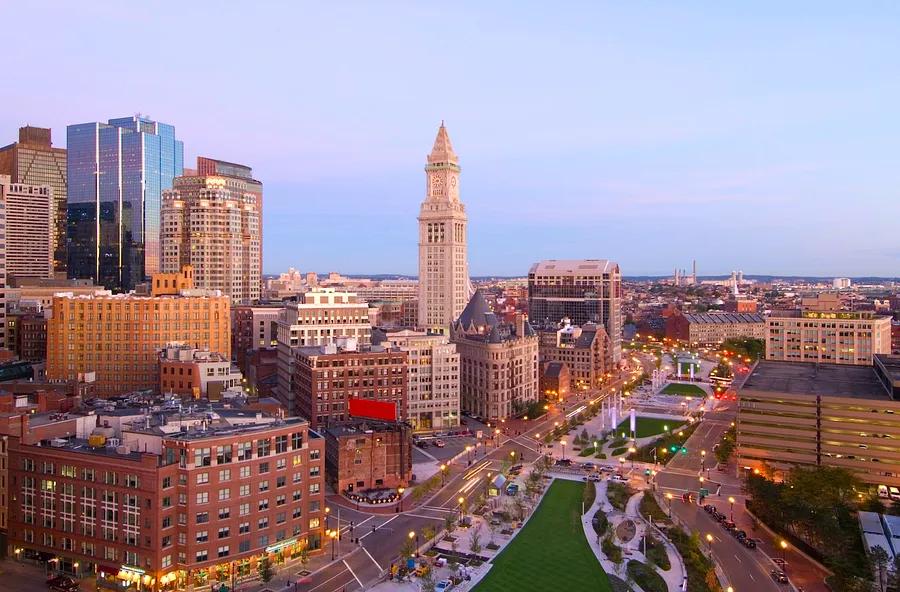Exploring One of Los Angeles's Most Vibrant Neighborhoods

Covering approximately three square miles, Koreatown in Los Angeles boasts the largest Korean population outside of Asia. Amidst its strip malls, visitors can discover shops offering day spas, hanbok (traditional Korean attire), and some of the finest Korean cuisine in the country, featuring comforting dishes like seolleongtang (ox bone soup), gamjatang (pork neckbone soup), and, of course, Korean barbecue. The neighborhood also pulsates with a lively mix of nightclubs, karaoke venues, and 24-hour establishments.
In October 2020, photographer Emanuel Hahn relocated from New York to Los Angeles, aiming to forge a path in the film industry. Seeking creative inspiration during the pandemic lockdowns and a way to uplift local businesses, Hahn started visiting and capturing images of Koreatown daily. This endeavor culminated in Koreatown Dreaming: Stories & Portraits of Korean Immigrant Life (Running Press, 2023), which explores communities in L.A. as well as Honolulu, Dallas, New York, New Jersey, and Annandale, Virginia. I chatted with Hahn to delve into his connection to Koreatowns.

Photos by Emanuel Hahn
When did you first explore Koreatown in Los Angeles?
It was in 2011, during the summer break between my freshman and sophomore years of college. My friends and I experienced all the classic L.A. activities, but visiting Koreatown was truly incredible. I remember thinking, “Wow, there’s an abundance of food!” It also reminded me a lot of Korea, especially my parents’ hometown in Daegu. Koreatown felt like it had been preserved in the 1990s. Experiencing a place so stuck in time gave me this nostalgic vibe.
What inspired you to create this book?
I initiated the project in late 2020. I had a theory that with gentrification and the impact of COVID, many businesses might be struggling to survive. I thought about how owners emigrated from Korea in the 1980s and 1990s when Koreatown was developing, and now they are nearing retirement during such a challenging time. In just five years, Koreatown will likely look very different. This book serves as a tribute to these business owners and a way to share their stories before they disappear.

Photo by Emanuel Hahn
What insights did you gain about Koreatowns while capturing portraits and interviewing individuals?
I realized I had underestimated the affection for Koreatowns across the nation, particularly from those outside the community. Koreatowns often serve as the initial introduction for non-Koreans to Korean culture—whether through food, music, or other forms. It became evident that in many cities, residents appreciated having Koreatowns nearby. While numerous immigrants concentrated on establishing businesses, they inadvertently created opportunities to share their culture with the broader American audience.

Photos by Emanuel Hahn
What subjects do you enjoy photographing the most?
I have a deep passion for design and art. Ultimately, it all circles back to identity for me. I ponder questions like, who are we? Through my photography, I delve into my own identity and the complexities I navigate as an Asian American in the United States.

Photos by Emanuel Hahn
As a third-culture kid, having grown up in various countries, what was that experience like for you?
I spent my childhood in South Korea, Singapore, and Cambodia before relocating to New York City in 2010 for college. This experience differs somewhat from that of Asian Americans growing up in the U.S. Third-culture kids are always on the move; in my case, I relocated every four years. This constant change requires continuous adjustment to new environments, allowing you to gather a multitude of perspectives along the way.

Photos by Emanuel Hahn
In your book’s introduction, you mention feeling a sense of home in Koreatowns regardless of where you lived. Can you explain why?
After moving to New York, I connected with many Korean Americans from across the country. Having a space like Koreatown where we could continually return reinforced our identity as Koreans. There are times when you long for a specific Korean dish, and visiting Koreatown fulfills that craving. That connection is truly beautiful to me.

1

2

3

4

5
Evaluation :
5/5